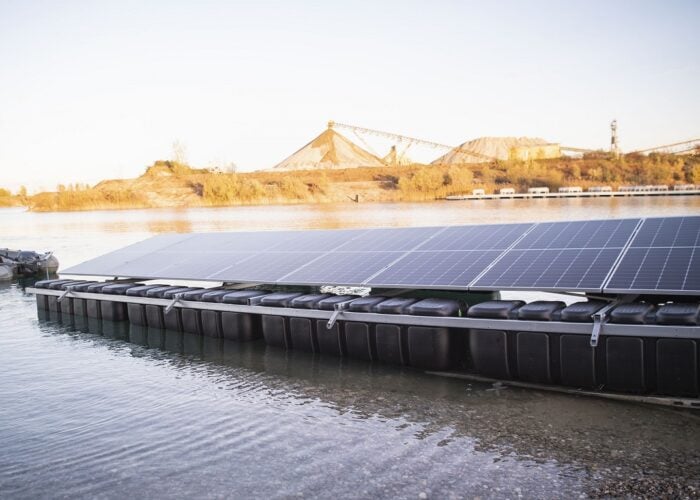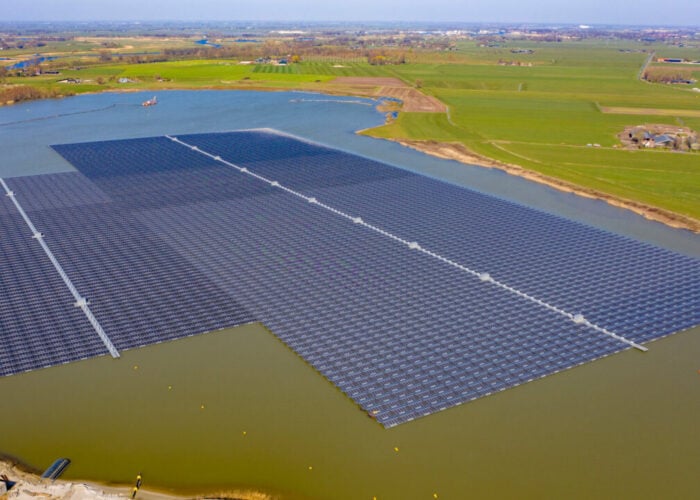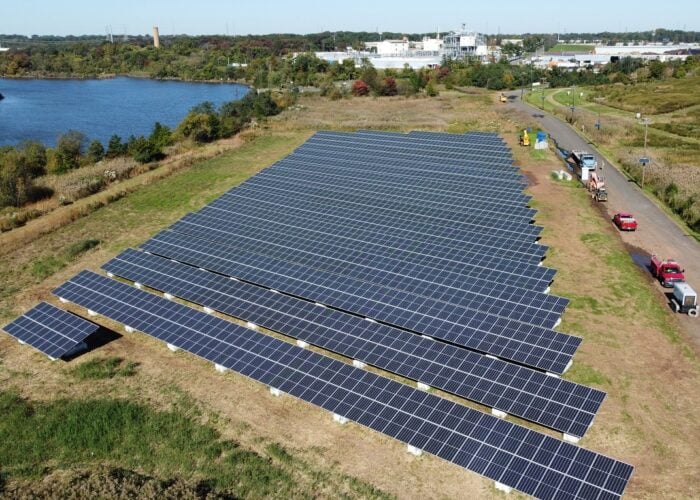
The world installed 456GW of new solar PV capacity in 2023, bringing the global total to over 1.6TW, according to the most recent International Energy Agency (IEA) PVPS report.
The report, which analyses trends in the global solar PV industry, said that 2023 was a “record year” for solar installations, dominated by China which is “well above the sum of all other markets globally, concentrating PV development at a never-seen level”, the report said. The IEA’s reporting said China had installed 277GW of PV over 2023, compared with 59.8GW in Europe and 33.9GW in the US.
Unlock unlimited access for 12 whole months of distinctive global analysis
Photovoltaics International is now included.
- Regular insight and analysis of the industry’s biggest developments
- In-depth interviews with the industry’s leading figures
- Unlimited digital access to the PV Tech Power journal catalogue
- Unlimited digital access to the Photovoltaics International journal catalogue
- Access to more than 1,000 technical papers
- Discounts on Solar Media’s portfolio of events, in-person and virtual
Or continue reading this article for free
The authors said that 2023 was the year that “confirmed the status of solar PV” as the world’s leading energy transition technology. However, the year was also marked by growing pressures on the manufacturing sector, which Gaëtan Masson, manager of IEA PVPS Task 1, said “threatens the viability of the entire PV manufacturing industry”.
The widely reported price collapse of solar products over 2023, which saw component prices from polysilicon down to modules plummet by over 50%, is continuing into 2024, Masson said in the report’s foreword.
“This temporary imbalance between manufacturing supply and demand has put tremendous pressure on the manufacturing industry and will probably lead to consolidation and possible bankruptcies,” the report said.
Indeed, a number of companies outside of China have complained of unsustainable market conditions. German manufacturer Meyer Burger saw its CEO step down earlier this year; Gunter Erfurt said the decision was partly because of “Europe’s 100% dependence on China in the solar sector”.
Various trade actions and lobbying attempts in the US – most recently the ongoing AD/CVD case – have also sought to lessen reliance on Chinese manufacturing. The IEA PVPS report said that in 2023 92% of global polysilicon production for PV was in China, along with 98% of wafer production, 91.8% of cell production and 84.6% of module production.
The major Chinese manufacturers have also all reported losses in the first half of 2024 as low prices and overcapacity continue to strain the industry. PV manufacturing major LONGi called for the Chinese government to address the “unsustainable” low prices in the industry in March this year.
PV Tech head of research and industry analyst Finlay Colville forecast last month that the PV manufacturing downturn – a contraction of the industry and capital spending – is set to extend into 2026, an update from his original prediction of a downturn in 2023.
Despite saying that the mid-2024 low prices are “unsustainable”, the report said the “competitiveness of PV was already guaranteed on mid 2023 prices, and prospects for a fast development in the coming years remain bright in many countries.”
Masson added: “The 2024 edition of the Trends report reflects the dual realities of an industry achieving extraordinary global growth while facing substantial pressures, particularly in manufacturing. The need for global collaboration to resolve these challenges has never been more critical.”
The report contained analyses of a broad range of solar market and industry trends from 2023. It can be found here.







